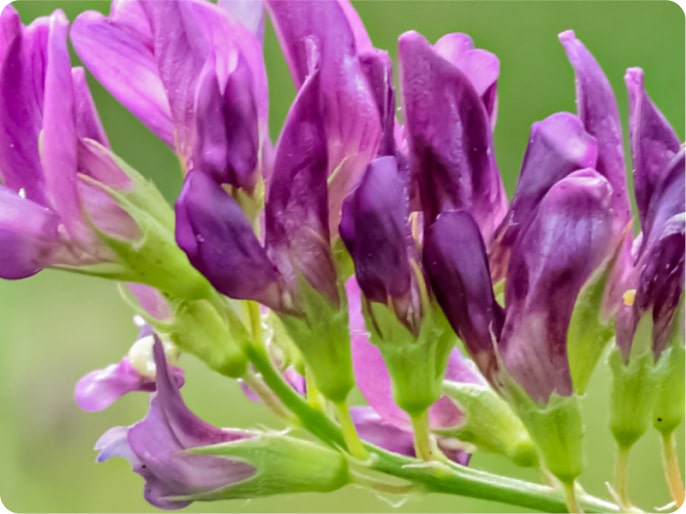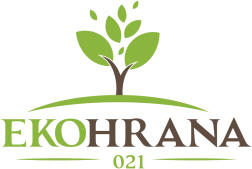
Alfalfa
Alfalfa is a perennial herbaceous plant, sown or wild, belonging to the legume family. The rhizome is thick, lies very deep. The stem is erect, in numerous form, naked or pubescent, the upper part grows up to 90 cm. Ellipse-shaped leaves densely dot the stem. Small moth flowers of blue-violet color, are collected in brushes, the flowering period is almost all summer. Fruit – spirally twisted beans, ripening period – late August – early September.
Alfalfa is rich in carbohydrates, ketones, organic acids, higher fatty acids, glycides, triterpinoids, steroids, essential oils, calcium, magnesium, iron, fluorine, potassium, silicon, chlorine, sodium, manganese, phosphorus, alkaloids, asparagine, cumestrol, estrogens , fructose, melonic and myristic acid. It contains saponins, stigmasterol, tocopherols, phenolcarboxylic acids, triasontanol, amino acids, anthocyanins, carbohydrates, vitamins K, C, B1, B12, B2, E, carotene, pantothenic acid, and even vitamins D2 and D3, which are rarely found in plants. Application: medicine, cooking, animal feed additive.
